Watch the video
- Watch the video on youtube
Definition
"Lean fish" is the name of a food category of animal origin; these are foods widely used in slimming diets and in those useful for the improvement of metabolic pathologies, such as obesity and type 2 diabetes mellitus.

Compared to fatty fish, the lean one has a lower lipid content, even if (from a qualitative point of view) it is not certain that this characteristic makes it better or preferable to the other; it all depends on the food context where it is inserted.
How does lean fish stand out?
Lean fish has all the chemical-nutritional requirements of foods with "lean proteins", that is, all those foods that contain:
- A high protein content
- A reduced lipid intake
NB. The term lean proteins is a semantic distortion, as it is the foods that are lean and not the plastic molecules that characterize them.
Defining the exact fatness level of fish is not easy; it is possible to recognize different classifications, but the most used are two:
- Lean fish and fatty fish
- Very lean fish, lean fish, semi-fat fish and fatty fish.
Depending on the type of classification, the same food could fall into two different categories; however, the most useful and practical requirement in evaluating the fat content of fish is that of 10 grams (g) per hectogram of edible portion. Put simply, any fishery product that boasts one can be defined as "lean fish" lipid composition lower than or at most equal to 10g per 100g of raw product.
NB. Generally, the nutritional translation of "food composition tables " excludes the component integumentary of the animal (ie the "skin") which, on the other hand, almost always provides a good fat content. To be clear, eating a fish with skin means introducing a higher amount of lipid than the same clean food.
Leaner fish and fishery products
Lean fish: is it right to prefer it?
Lean fish is widely used in low-calorie diets as it provides a good amount of protein and a reduced portion of fat; in fact, this concept is not always correct. Considering ONLY the properly called fish (the finned ones) this statement is sufficiently reliable; on the contrary, considering also lamellibranch molluscs (bivalves) and crustaceans, it is possible to distinguish numerous foods which, although containing few triglycerides, show a significant contribution of cholesterol (highlighted in red in the table above).
At the same time it is also worth mentioning the quality of the fatty acids contained in fishery products; this varies significantly between species ... but also with regard to the origin of the product! A caught fish (compared to a fish raised and fed with pellets based on animal meal) contains less triglycerides BUT with more GOOD fatty acids, or essential polyunsaturated (essential fatty acids - AGE).Specifically, the AGE present in fish (especially blue and cod) belong to the ω3 family and boast numerous chemical and metabolic characteristics useful for:
- Preventing and treating dyslipidemias
- Prevent and treat high blood pressure
... in addition to carrying out numerous useful metabolic functions such as the precursion of ANTI-inflammatory molecules and the plastic composition of the "liquid mosaic" on cell membranes.
This means that, although lean fish can boast a lower intake of fat, all semi-fatty or fatty fish containing ω3 must NOT be excluded from the diet; thanks to the greater lipid intake of AGE, they can be particularly useful for achieving the minimum recommended rations (ω3 = 0.5% of the total daily kcal, equal to about 8-16 g / day respectively in diets of 1500 and 3000 KCal) and in the treatment of some dysmetabolic pathologies such as hypertension, dyslipidemia and also type 2 Diabetes Mellitus.
Fish, Molluscs, Crustaceans Anchovies or Anchovies Garfish Alaccia Eel Lobster Herring Lobster Whitebait Bottarga Sea bass (Sea bass) Squid Canocchie Scallops Canestrelli (Sea scallops) Capitone Caviar Mullet Monkfish (Monkfish) Mussels Crustaceans Dates Sea Fruits Fish Flour Fauna Fish stock Prawns Crabs Spider crab (Granceola) Halibut Sea salad Lanzardo Leccia Sea snails Prawns Cod Molluscs Octopus Hake Ombrina Oysters Sea bream Bonito Pangasius Paranza Anchovy paste Fresh seasonal fish Blue fish Puffer fish Swordfish Plaice Octopus (Octopus) Hedgehog of Sea Amberjack Salmon Sardines Sardines Scampi Cuttlefish Mackerel Sole Stockfish Surimi Sushi Telline Tuna Canned tuna Mullet Trout Fish roe Bluefish Clams OTHER FISH ARTICLES Categories Alcoholic Food Meat Cereals and derivatives Sweeteners Sweets Offal Fruit Dried fruit Milk and derivatives Legumes Oils and fats Fish andpeach products Salami Spices Vegetables Health recipes Appetizers Bread, Pizza and Brioche First courses Second courses Vegetables and Salads Sweets and Desserts Ice creams and sorbets Syrups, liqueurs and grappa Basic preparations ---- In the kitchen with leftovers Carnival recipes Christmas Light diet recipes Women's, mom's and dad's day recipes Functional recipes International recipes Easter recipes Celiac recipes Diabetic recipes Holiday recipes Valentine's Day recipes Vegetarian recipes Protein recipes Regional recipes Vegan recipes

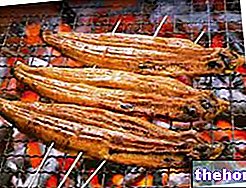

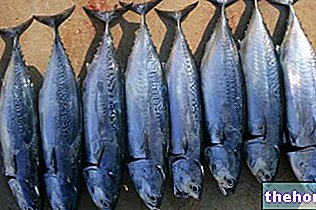
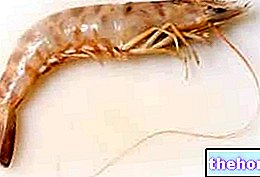
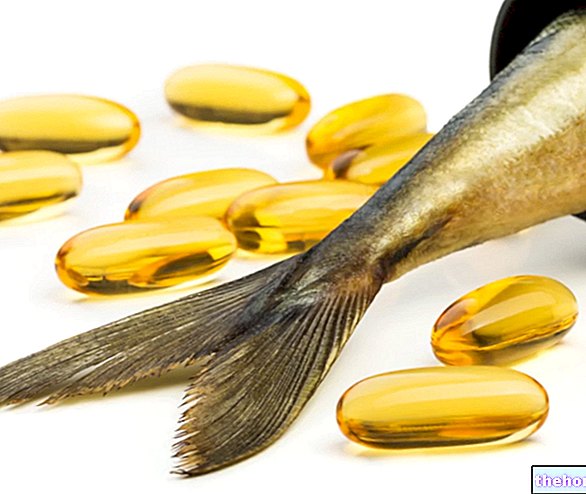
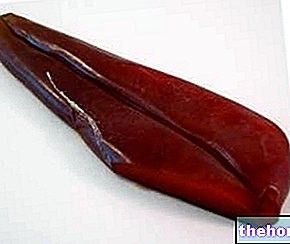
















-nelle-carni-di-maiale.jpg)




